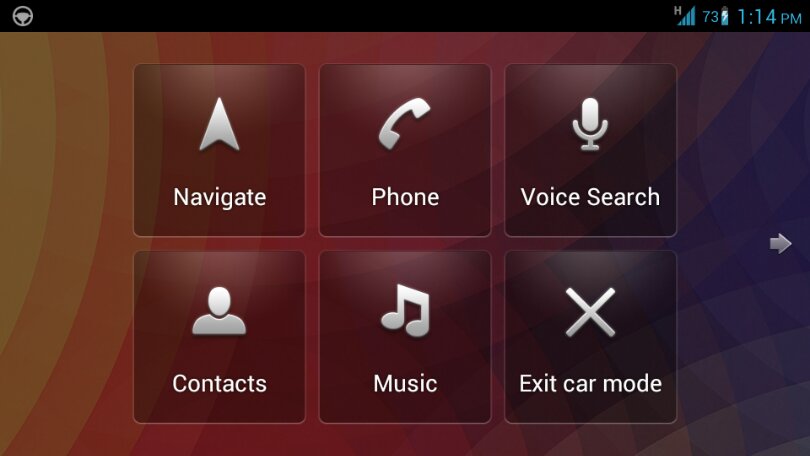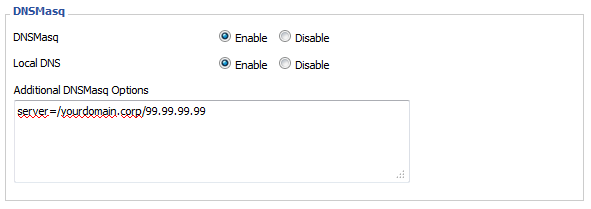Interesting article from Forbes. This is exactly the problem with media today.
Piracy is not raiding and plundering Best Buys and FYEs, smashing the windows and running out with the loot. It’s like being placed in a store full of every DVD in existence. There are no employees, no security guards, and when you take a copy of movie, another one materializes in its place, so you’re not actually taking anything. If you were in such a store, you’d only have your base moral convictions to keep you from cloning every movie in sight. And anyone who knows how to get to this store isn’t going to let their conscience stop them, especially when there is no tangible “loss” to even feel bad about.
The is of course some degree of “loss”, but it’s hard, if not impossible, to assign a dollar value to it.Who is to say that a customer, who when placed in this hypothetical store took a copy of every movie, would actually have bought a copy of every movie or any movie at all?
The other problem with the movie industry is that every “legal” way of watching a movie is a pain in the a**. For instance:
Buy a Blu-Ray/DVD (assuming you already own a player)
- Go to store/Amazon.
- Buy disc
- Go home/wait for shipment
- Insert disc into player
- Watch FBI warning
- Watch Trailers (or skip trailers)
- Watch movie.
Advantages of this method: You “own” the movie on physical media. You can pass it to your friends, look at the box, use the disc as a frisbee, whatever.
Disadvantages: Physical media. Waiting time. Investment in home video equipment.
Watch in theatres
- Look up showtimes
- (Buy tickets online)
- Go to theatre
- Buy/pick up tickets
- (Pay extra money for an pick up annoying 3D glasses)
- Find a seat in cinema
- Watch movie trivia
- Watch ads
- Watch trailers
- Watch movie.
Advantages of this method: Gigantic screen. Excuse to go out.
Disadvantages: Excuse to go out. Overpriced food. Crowds.
Watch on Netflix
- Get tablet/phone/Silverlight®-capable PC/approved set-top box or TV
- If using Linux (Ubuntu or Fedora), check this out: http://www.youtube.com/watch?v=Tfte5su5DIA. It popped up in my Twitter feed literally just as I was writing the previous line.
- Sign up for/log in to Netflix
- Find your movie (hope it’s there)
- Watch movie.
Advantages: Watch almost anywhere, almost instantly.
Disadvantages: Limited selection, requires active internet connection, don’t own anything – need to keep paying monthly fee.
Pirate
- Get some BitTorrent-capable device. (PC, Mac, Linux, BSD, Android, your router, NAS, ….)
- Find a torrent of the movie you want.
- Download
- Watch movie.
Advantages: Own movie forever. Works on any device with proper codecs and processing power. No DRM. Free. Huge selection.
Disadvantages: Morality? Need more hard disk space. Some sites are questionable.
Clearly, “Pirate” is the most viable option. Netflix is a close second, but the inability to watch offline and limited catalogue are annoying.
Existing movie distribution channels are dated, inconvenient and expensive. What’s the solution? I don’t know. But there needs to be a big change in the way Hollywood does business if they really want to “stop” piracy. Not that they really need to, movies are still very profitable despite all their complaints about how piracy is killing them.
Some propose a sort of “Steam for movies“. Others would have Netflix’s model. Others still, iTunes.
I’m both excited and apprehensive about what’s to come.
via You Will Never Kill Piracy, and Piracy Will Never Kill You – Forbes.




